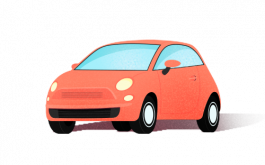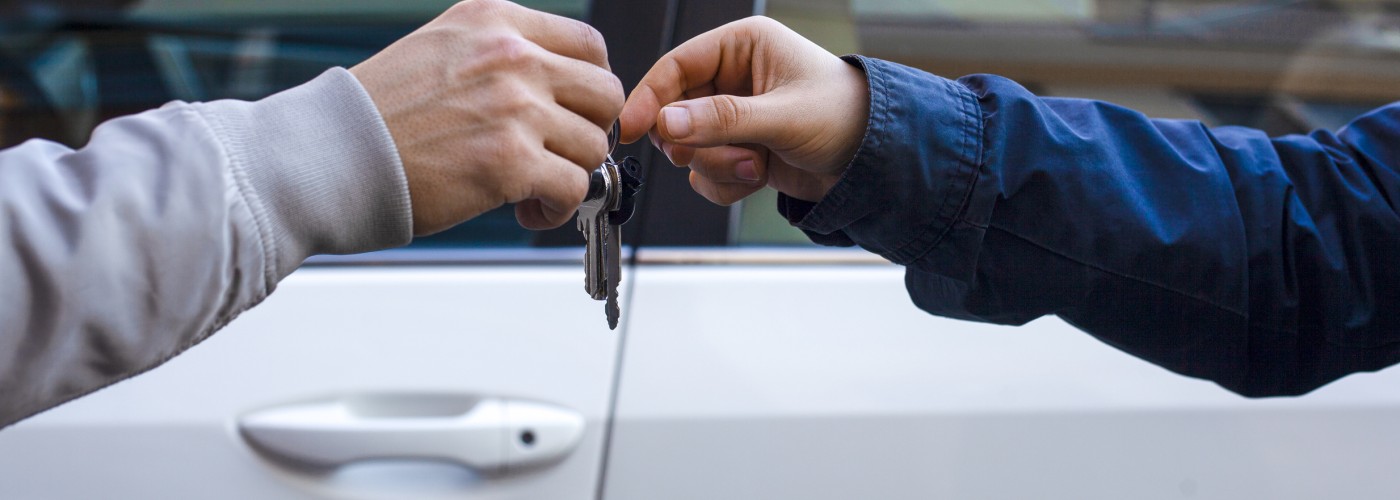Canada Post service disruption is in effect. Please call us if you need assistance. Intact Insurance clients: easily access your documents through the app or Client Centre.
AccèsConseil joins the Ellipse Group. We are joining forces to better serve our clients and grow our teams. Read the official press release
Certain technological advances, like collision avoidance systems, rear-view cameras, blind-spot monitoring and airbags, have helped reduce car-related fatalities by more than 30% over the last 20 years. What technology hasn’t lowered is your insurance rates. Technology-loaded car parts, like bumpers or wing mirrors, are more expensive to repair when damaged than their regular equivalents.
What about automated cars?
Since the arrival of automated driving features like Tesla’s Autopilot, we can observe their impact on the road. Researchers estimate that more than 90% of all car accidents are caused by human error, so we can assume that a world with fully autonomous vehicles wouldn’t have as many crashes and accidents. Plus, since the driving programs used by autonomous cars will constantly generate data while being used, they might lead to personalized insurance policies and rates that are exactly tailored to your needs and driving style. Sounds great, right?
Well, technology has its challenges, too. Until self-driving cars become the norm, our roads will be filled with regular cars and, according to our president of Canadian operations Louis Gagnon, “a diverse mix of vehicles—both personal and shared—that may also include some autonomous features, which will create greater complexity in the market.” Will self-driving cars prompt people who didn’t previously own cars to become drivers, thus increasing traffic, road usage and potential accidents? Or, will the rise of car-sharing services lead to a reduction in individual car ownership and a reduction in city traffic by normalizing the practice of sharing a vehicle with strangers? Either way, autonomous cars’ complex operating systems will be expensive to repair in case of damage, which will likely have an impact on insurance premiums.



